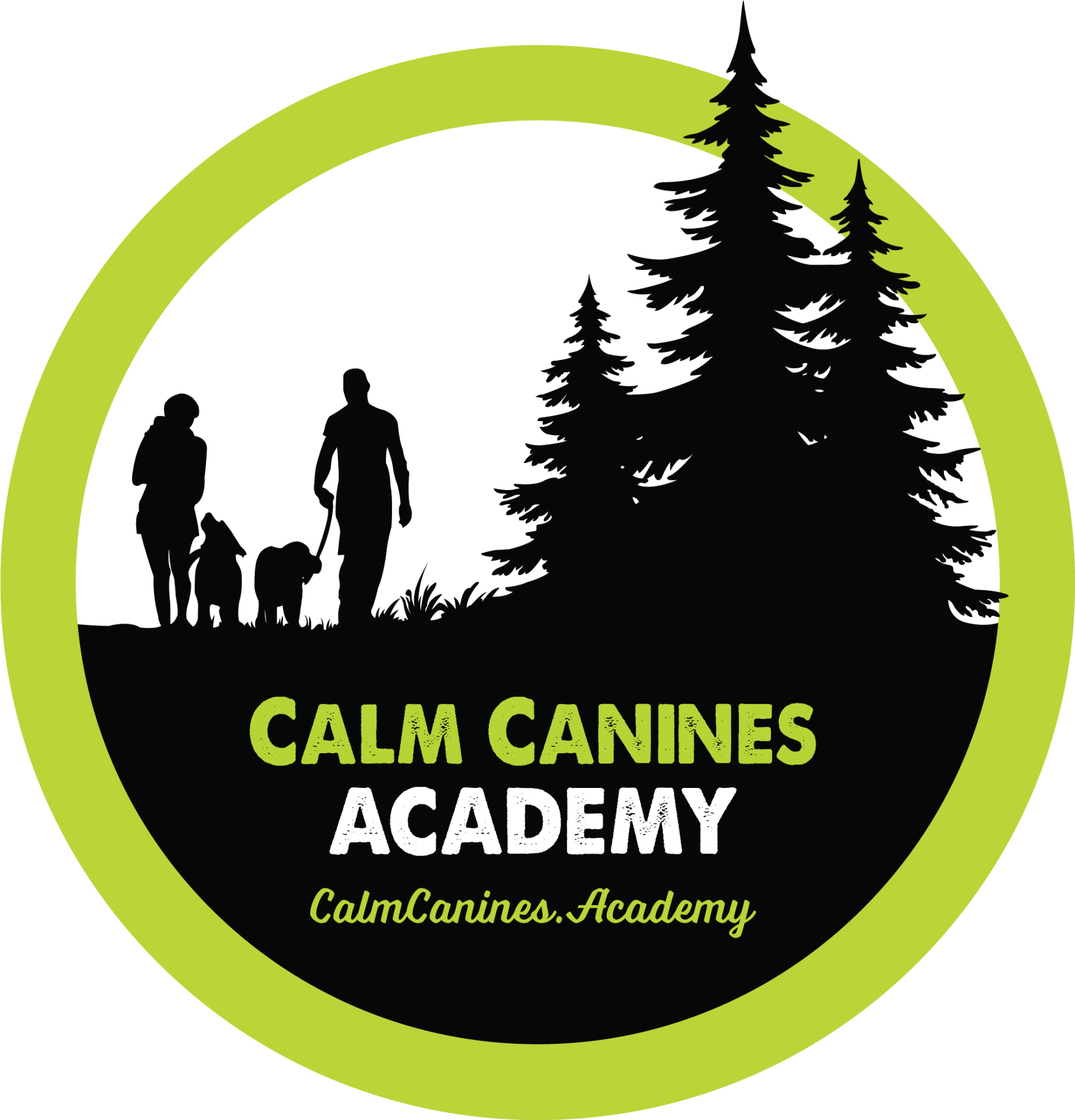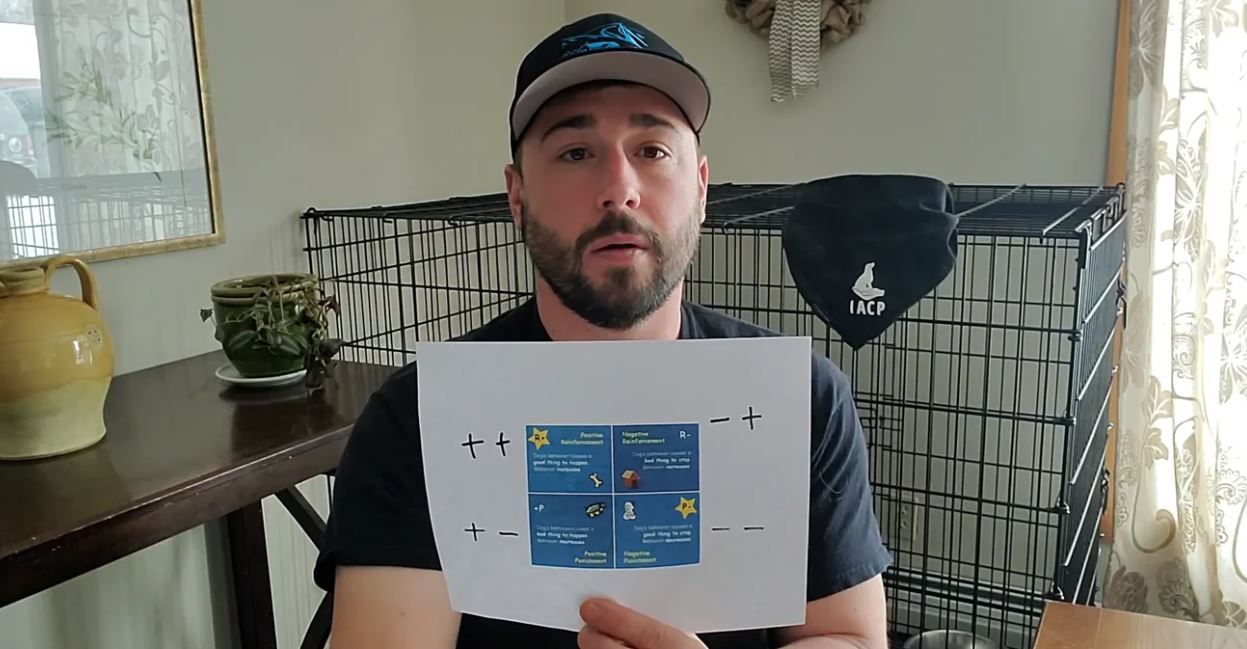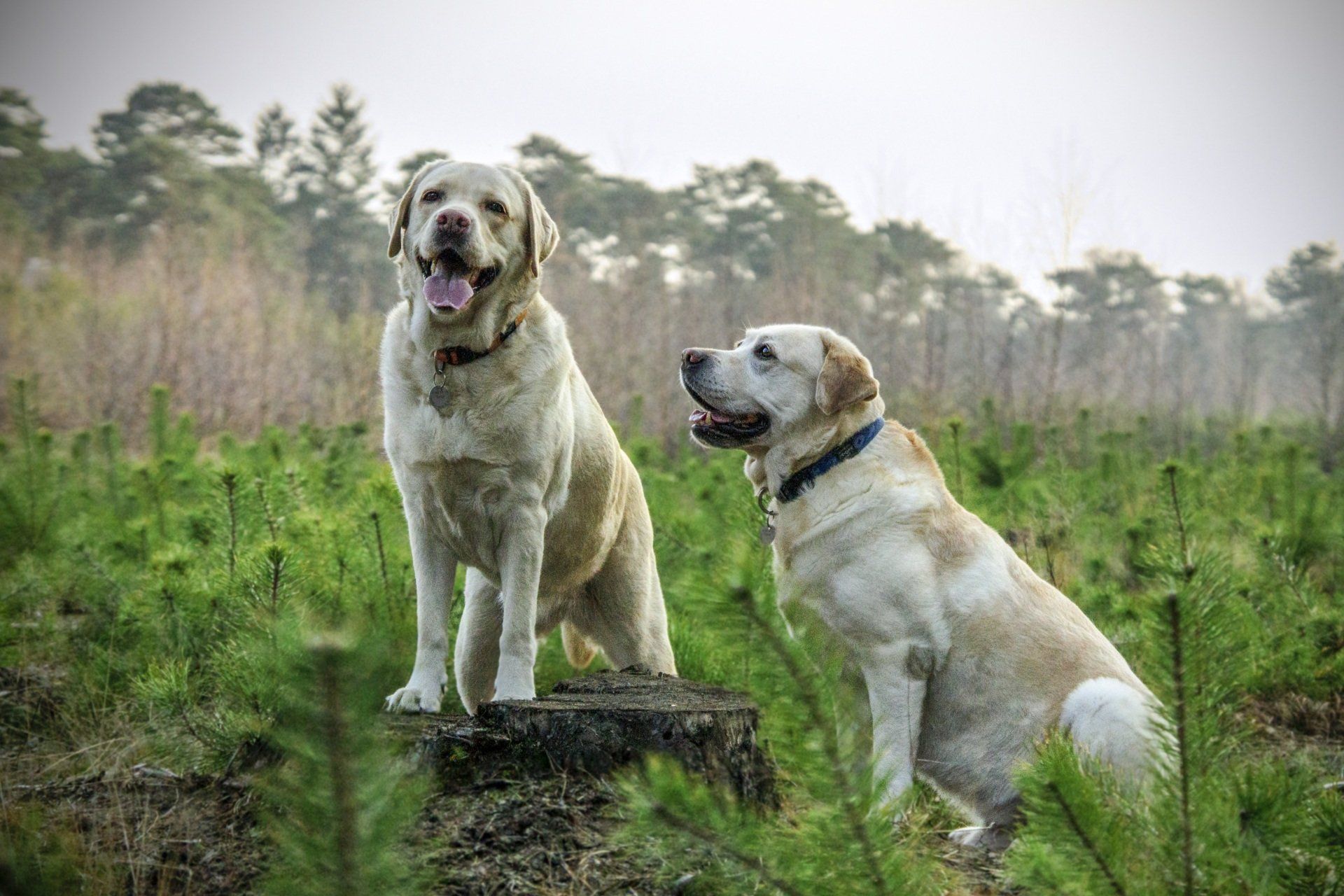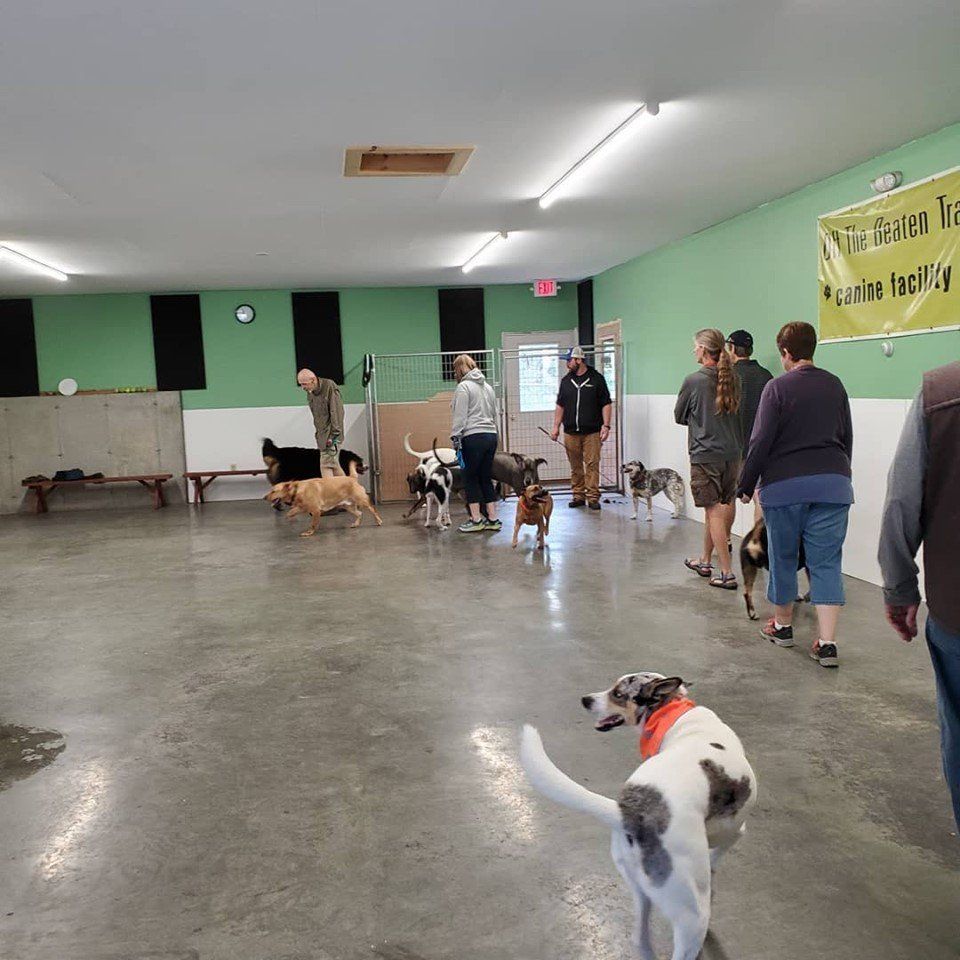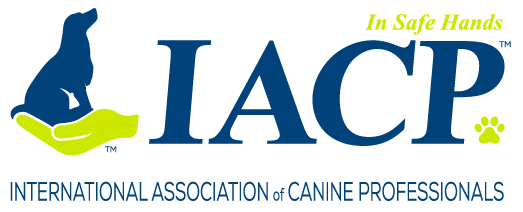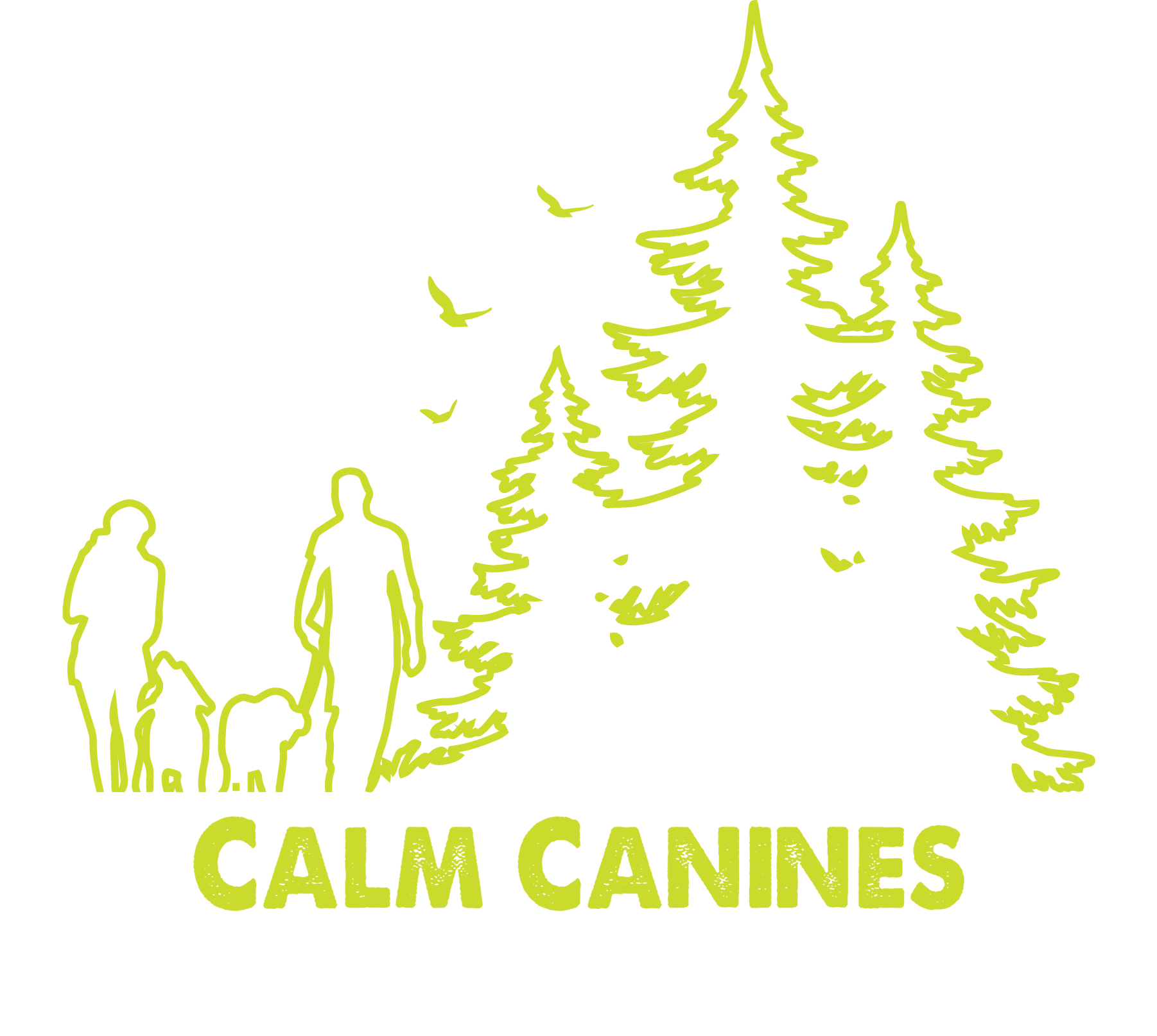Socialization
Social Skills Save Lives. Teaching dogs to communicate and to make better decisions around each other is an integral piece of dog training.
What is important to remember when working with a pack of dogs is that you are there to promote stability, which means watching out for all the members. This means understanding each member’s personality. There will be moments of absolute joy and there will be moments of tension.
Success when working with a pack of dogs comes from being able to put all the pieces together and take preventive action BEFORE anything happens. This will create stability if the rules are the same throughout the pack.
Lesson 1
Socialization
Session One
In this video, you will see the body language of multiple dogs as they begin to socialize and interact with each other. Gillian explains what to watch out for while the dogs begin to play and what the different types of body language mean.
Understanding what your dog is saying can give you a lot of useful information, such as when your dog may be nervous about what is going on, or when your dog is on edge or might be ready to snap.
Familiarizing yourself with canine body language is very important to success. Most people will only look at a dog’s tail to judge how the dog is feeling. This is the opposite of what you should be looking for as someone evaluating dogs into a social setting. Instead, you want to start by evaluating the dog’s eyes and nose. The tail will be the punctuation on the sentence.
Lesson 2
Socialization
Session Two
Conor and Percy with Clustered Signals
For reference: Conor is the German Shepherd and Percy is the black and white Spaniel in this video.
Conor came into play with Percy really fast in the last video and Percy reacted out of fear.
Here they are trying to play together about 10 minutes after their last encounter.
Lesson 3
Socialization
Session Three
Deciphering Play
In this video, we will decipher the different kinds of play.
In this first section, watch how the black and white dog and the gray and white dog play together.
Lesson 4
Socialization
Session Four
Dart and Chance
Dart (Border Collie) and Chance (Pit Mix) are two shelter dogs who are meeting for the first time.
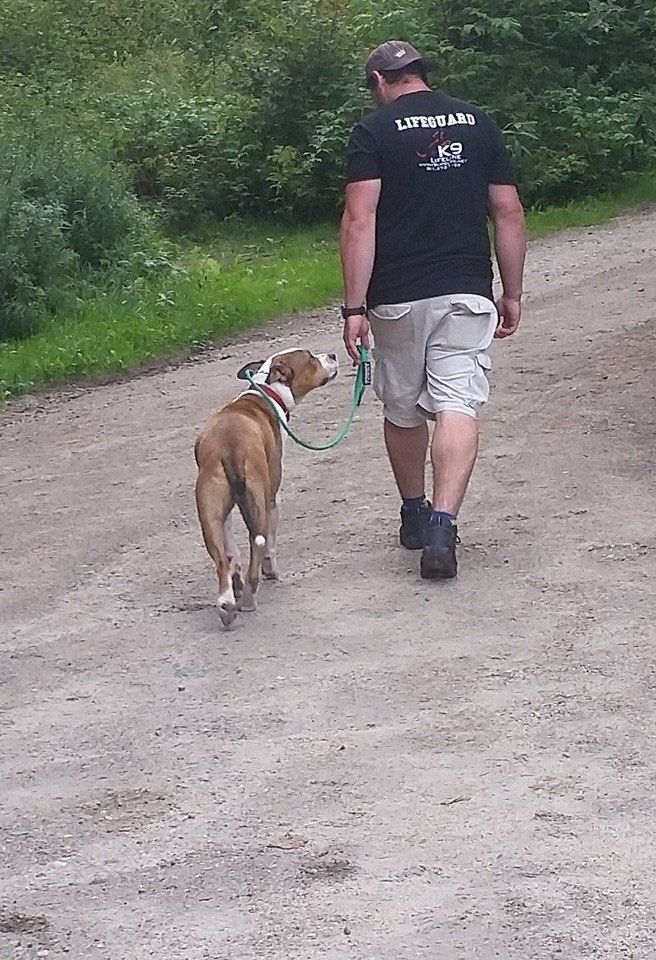
Brining It all Together
Jeff Scarpino
Throughout my years of training I have bumped into very little that can compare to the power of a well-run pack of dogs. We think of it as group therapy for dogs. You get to know the dogs on a deeper level as you learn how they communicate. For us this allows us to talk more in depth with their owners about behaviors presented and the best ways to move forward.
Remember that all dogs have individual personalities and they need to be taken into account. Some dogs are extroverts and highly social. Some are more introverted and will burn out quickly. If a dog is burning out, they will be snappier and you don’t want to get to that point. You want all the dogs in your care to have social interactions that yield more positive results. This doesn’t mean that dogs can’t learn through consequence, they most certainly can as any being can. A positive social interaction can be the dog using their nose for the first time, and that is enough to call that social interaction a success. It is all about baby steps.
Viewing dog behavior through a bigger lens will allow you to find the times of good social interactions that you want to highlight. As well as bad behaviors that you don’t want practiced. The more you learn about the dog, the better interactions you will have and the more confidence both you and the dog will develop. This can take a LARGE amount of your own mental ability, and because of that you don’t want to start with large groups of dogs. Start small and rotate your group often.
There is no exact science for creating a well-balanced pack of dogs. It takes time, mental concentration, personal experience and trusting your instincts. If you have something go wrong, this is a moment to get better and learn from your mistakes. Any time you have something go wrong; a new procedure should evolve to minimize the chance of this happening again. Pack work can be one of the most enjoyable types of work with dogs and I encourage you to take the time to move slow and do it
right.
